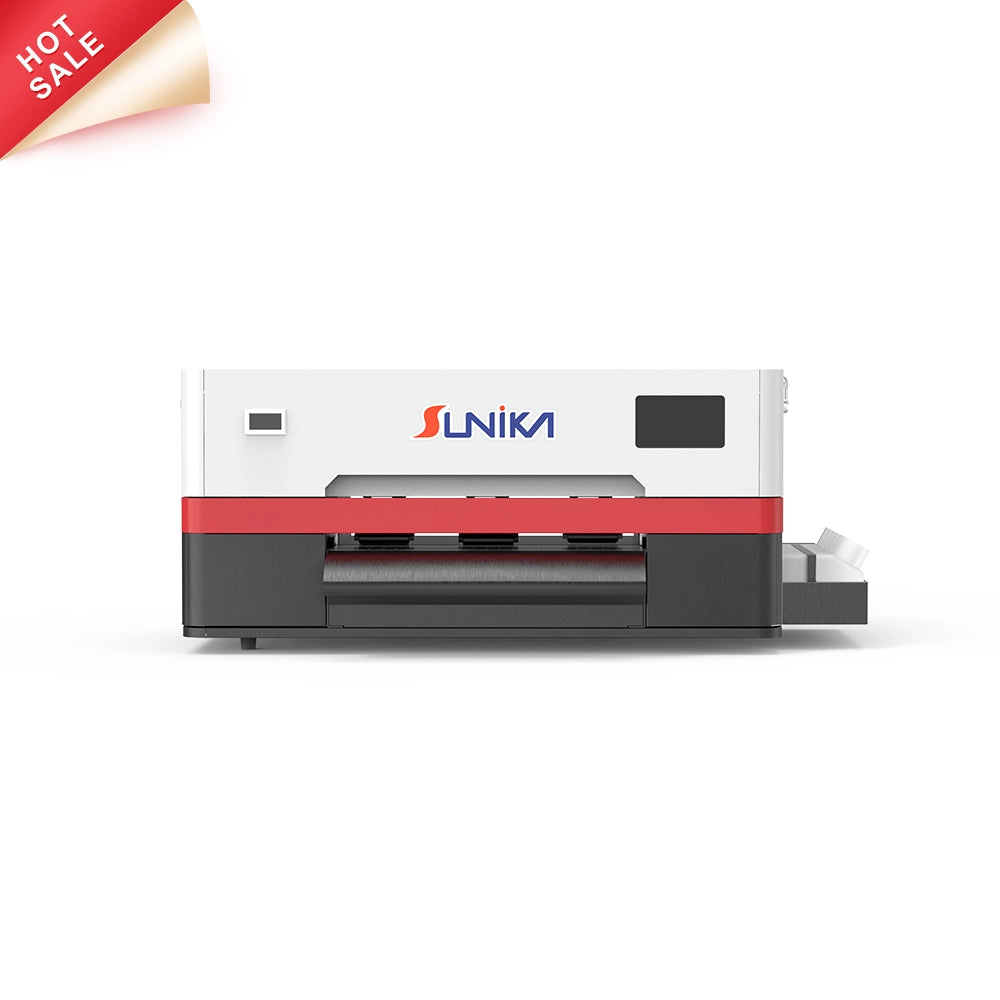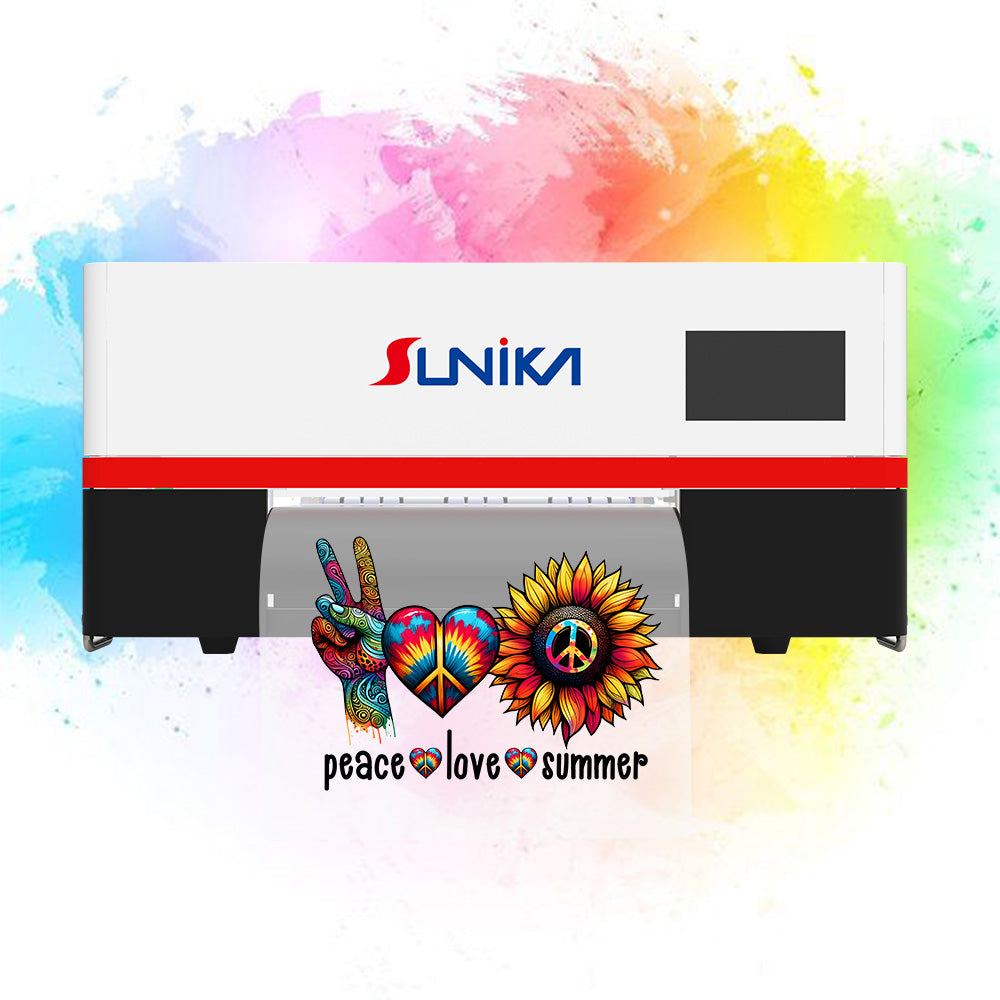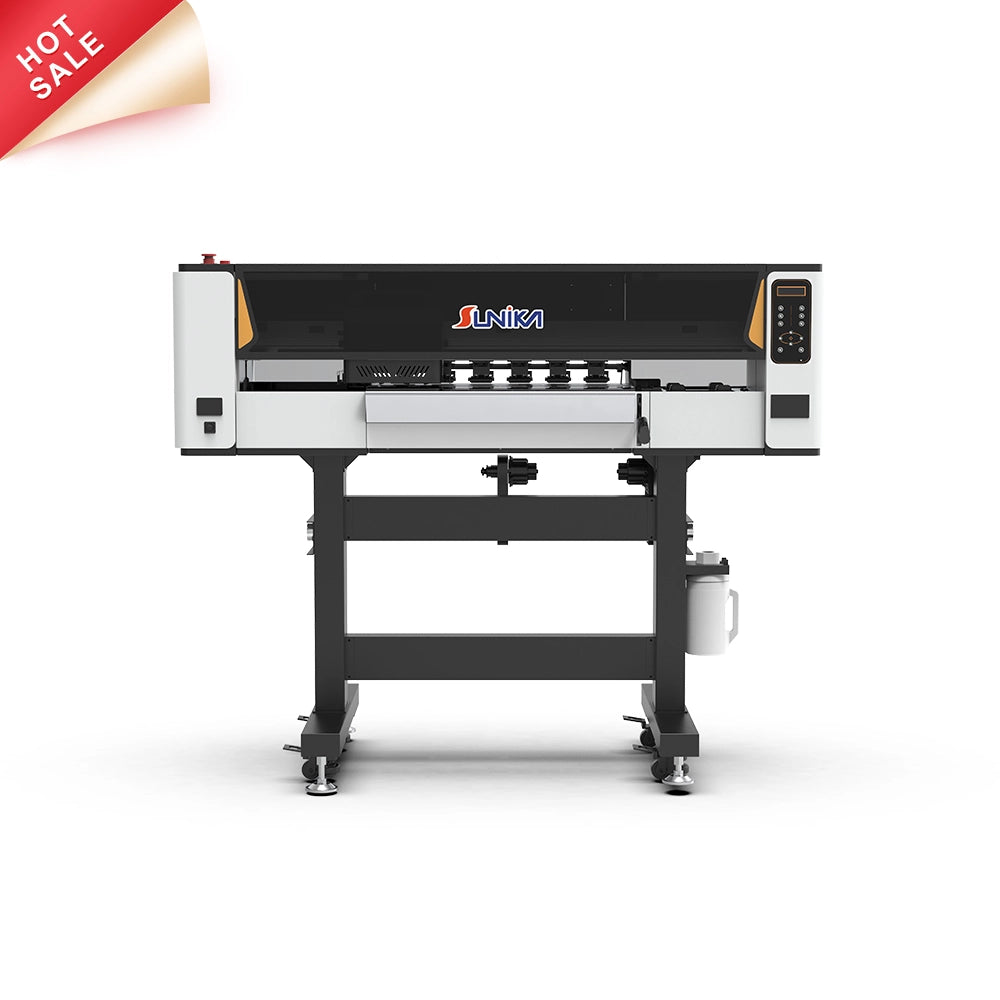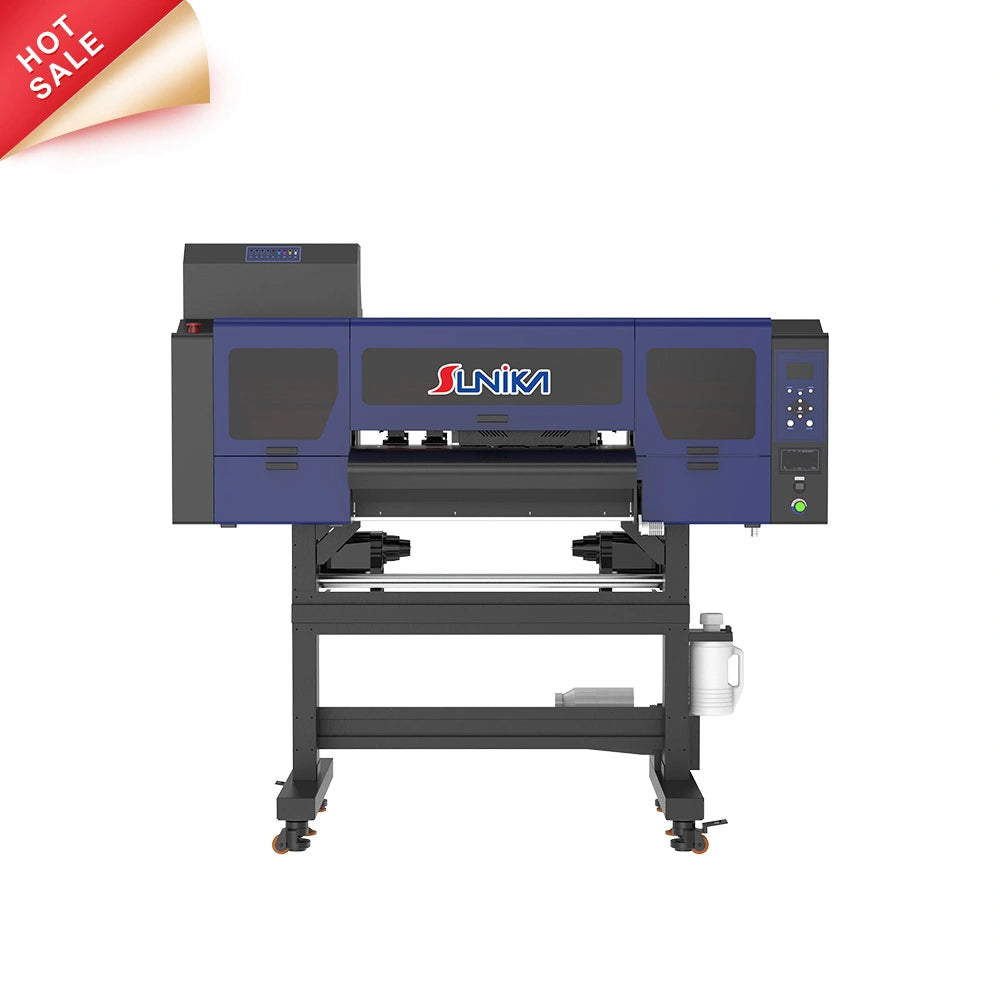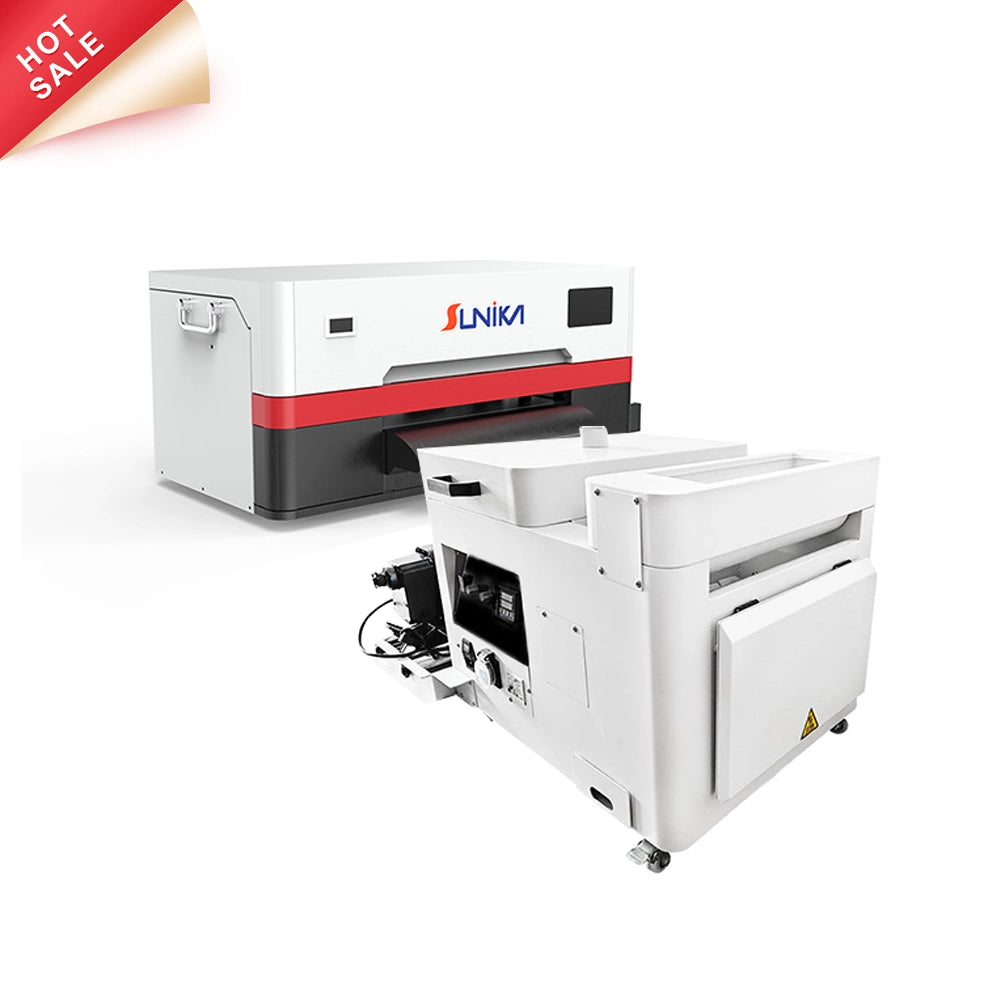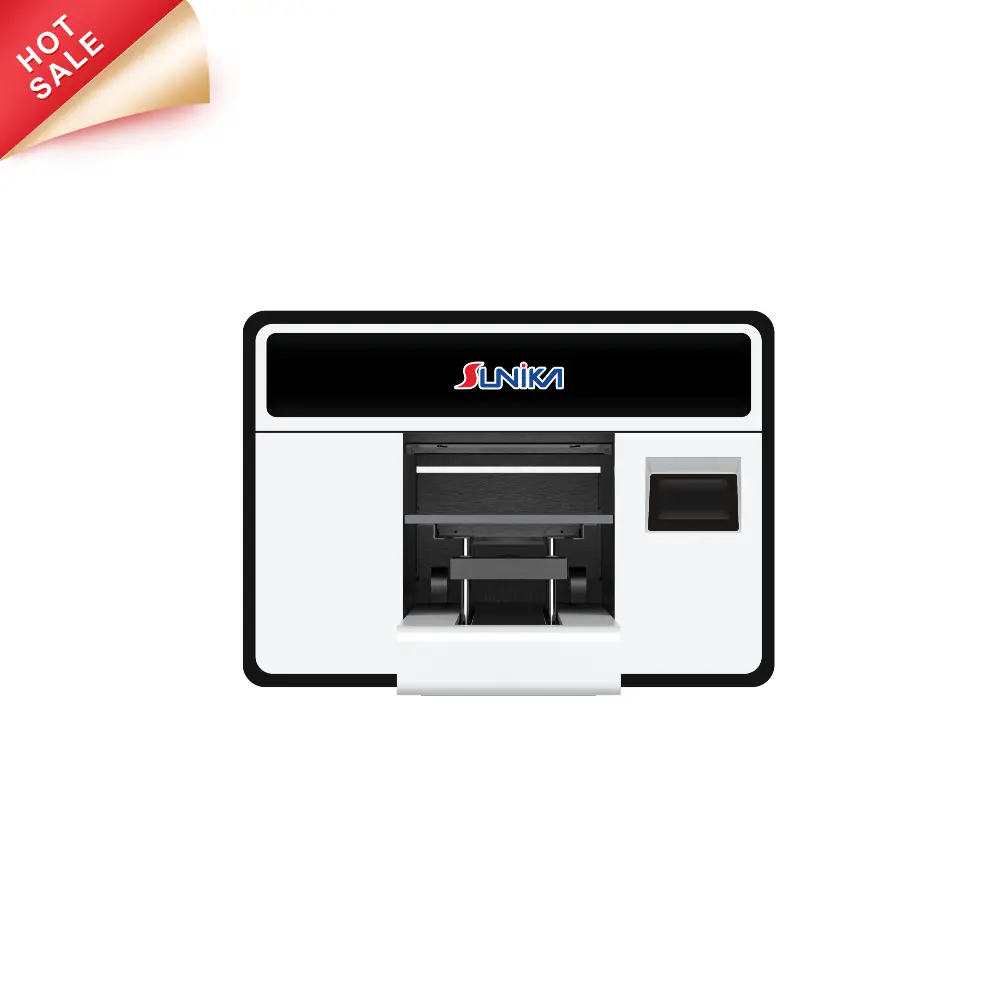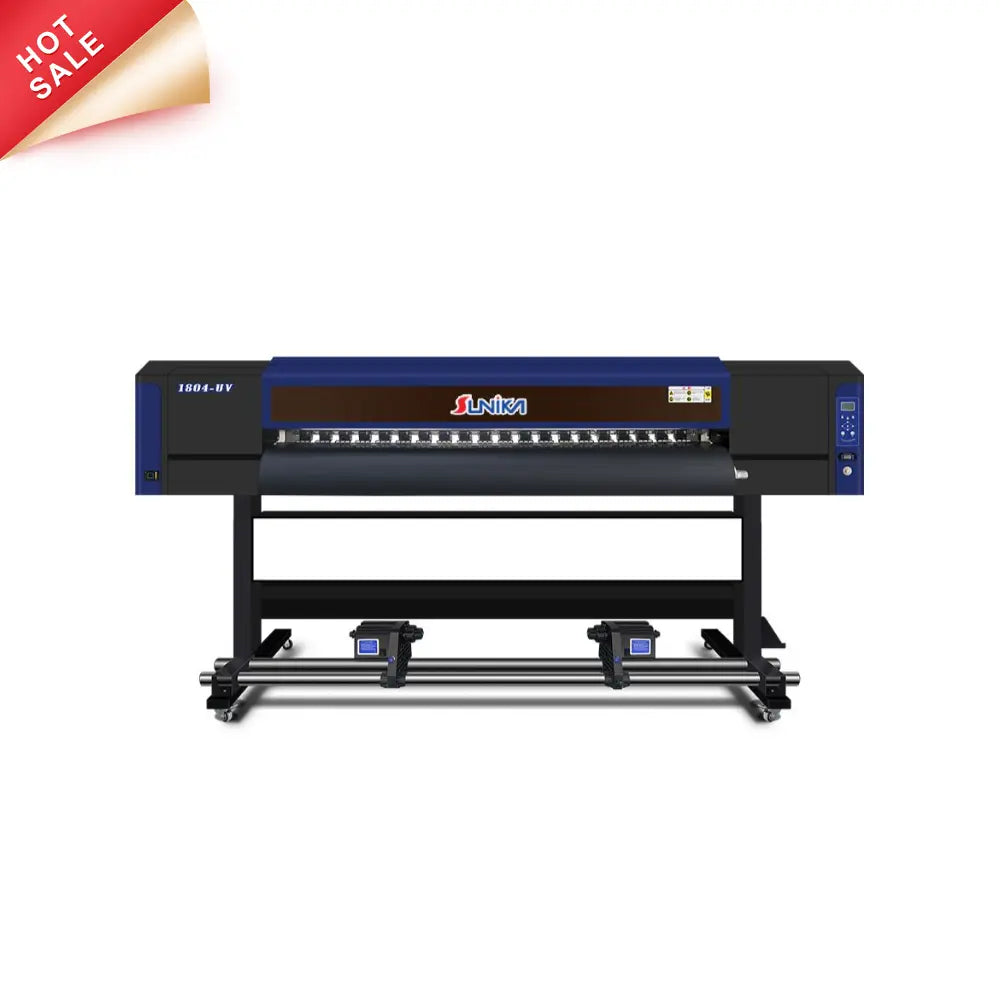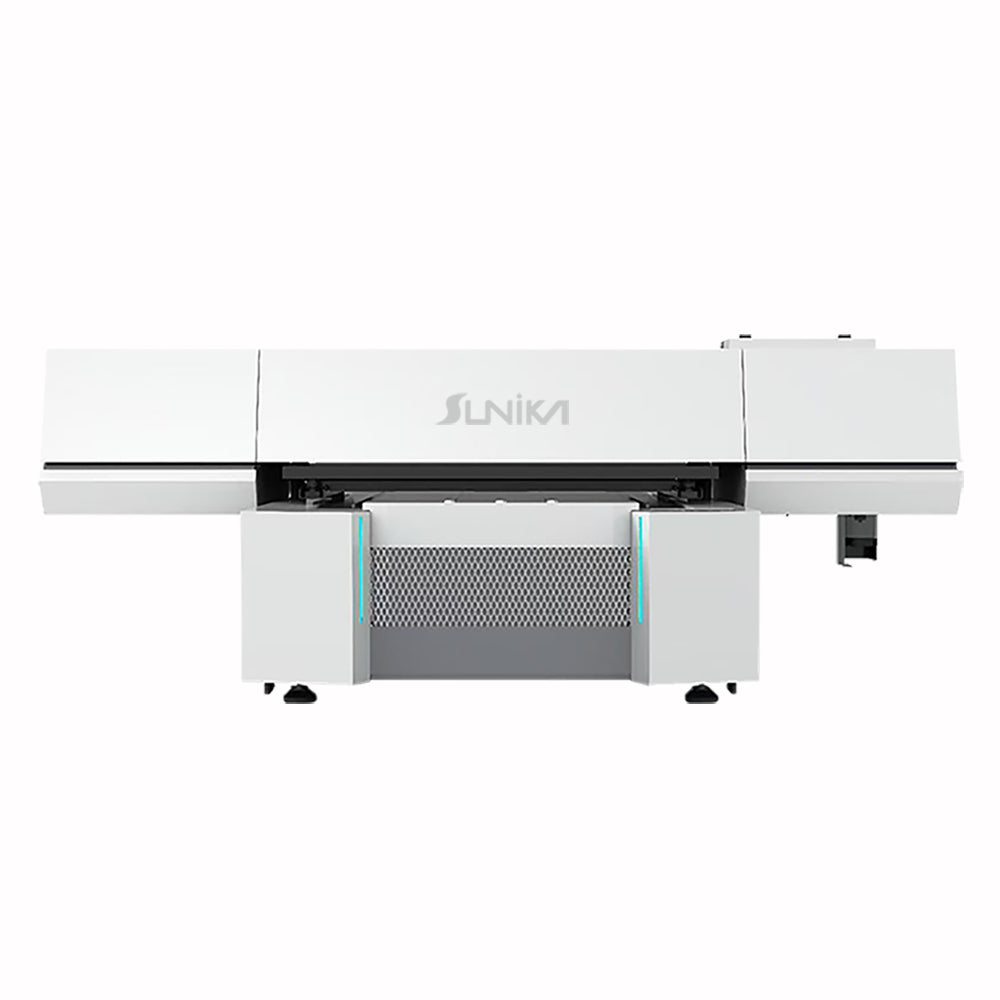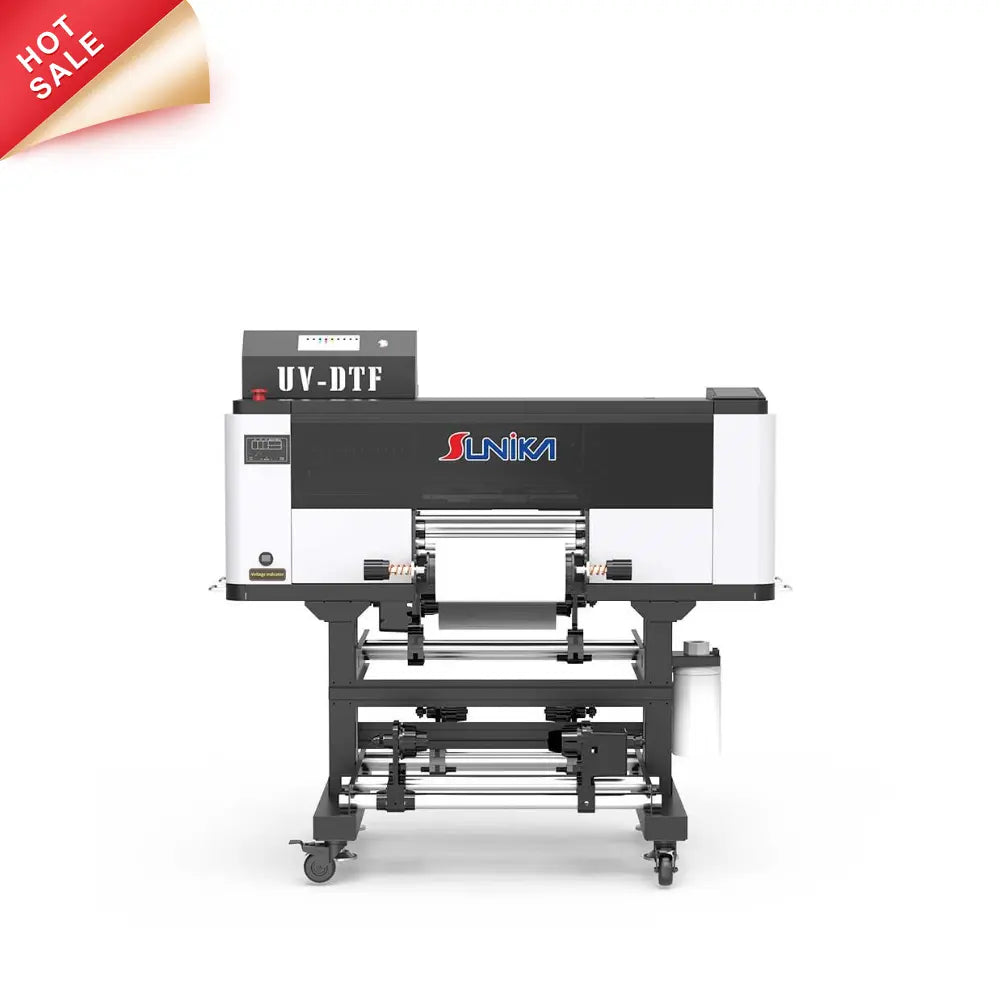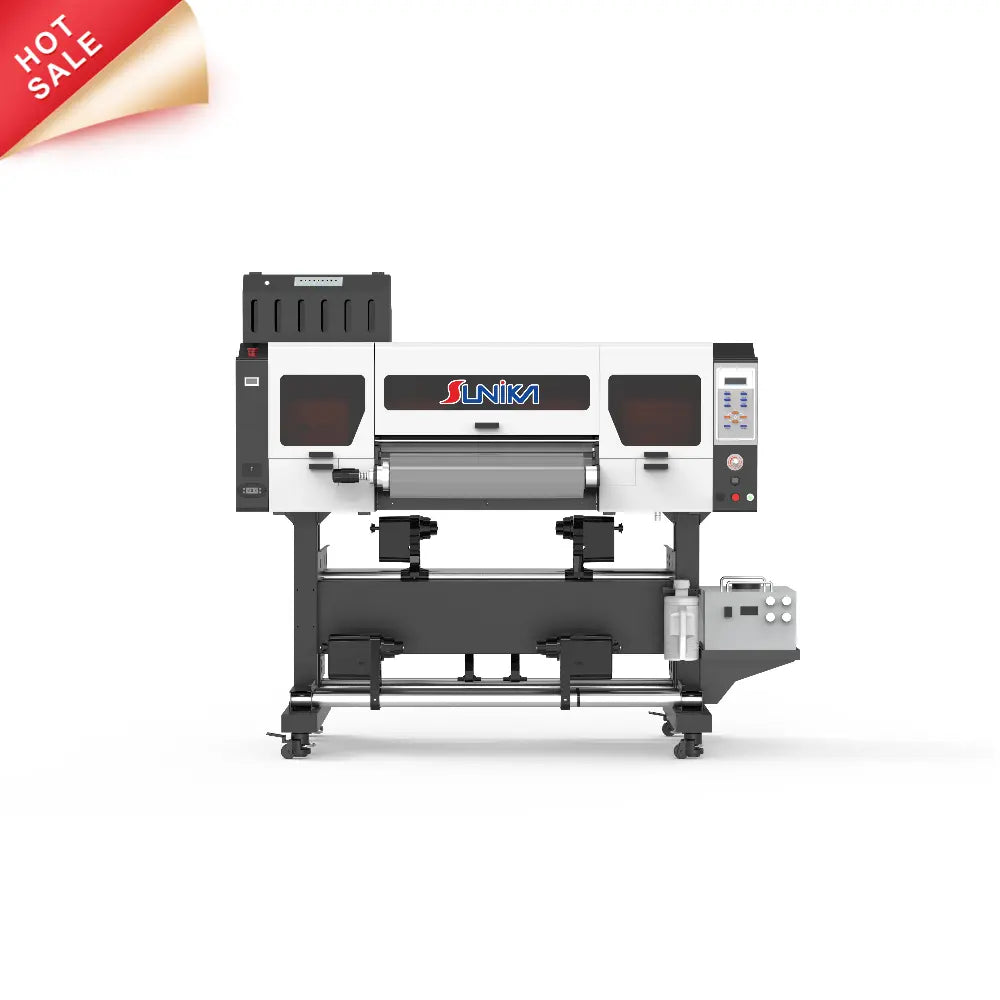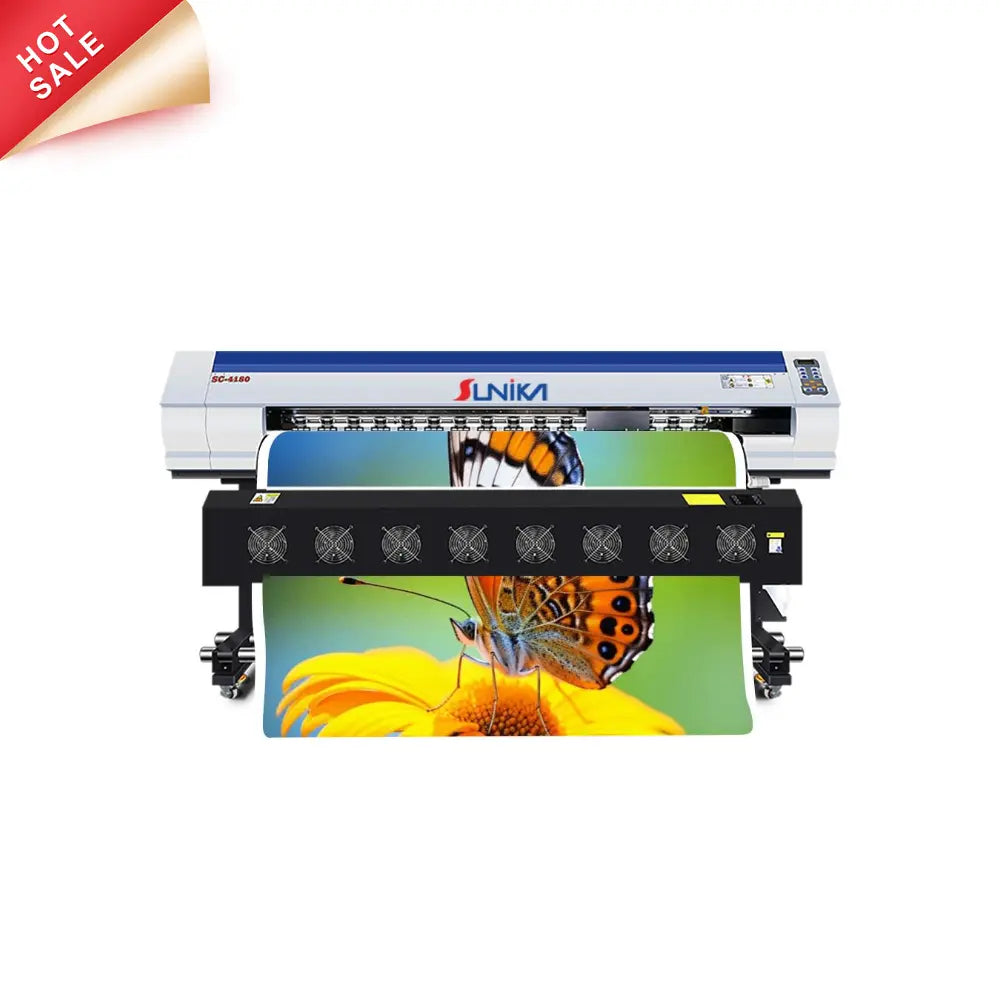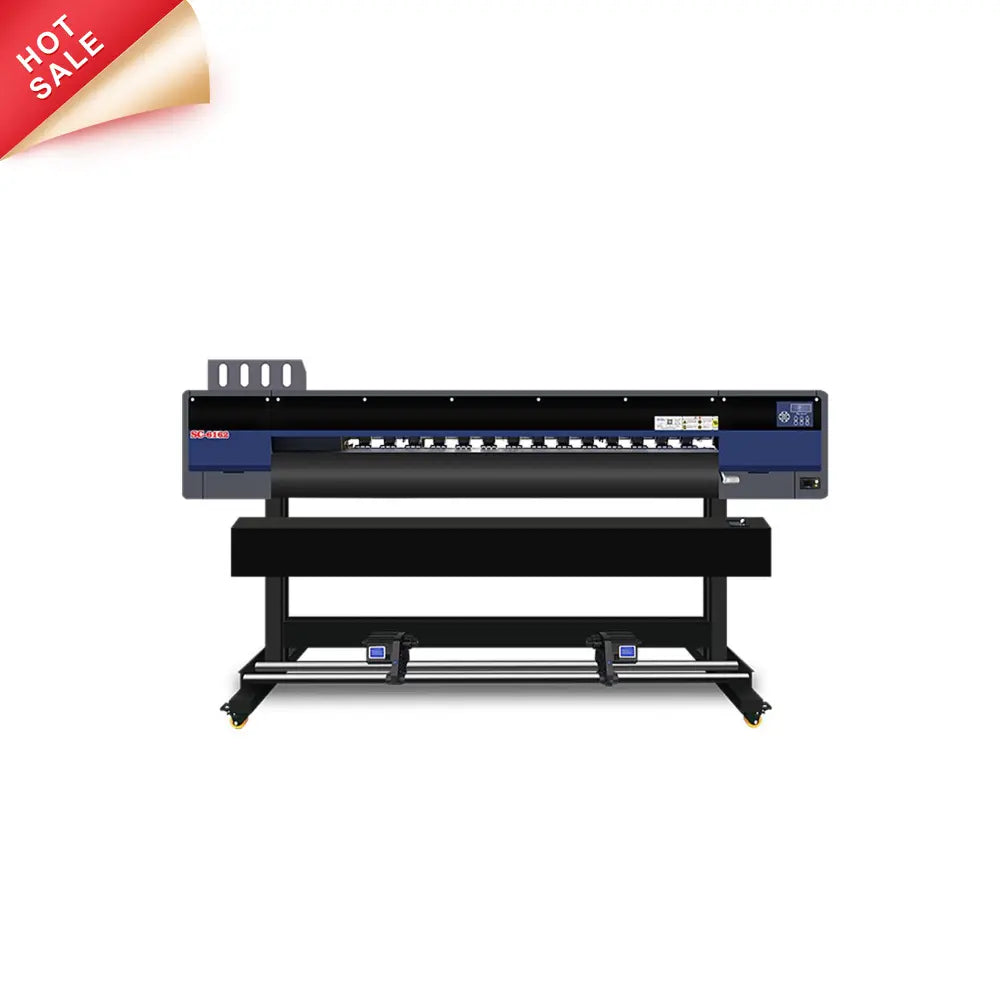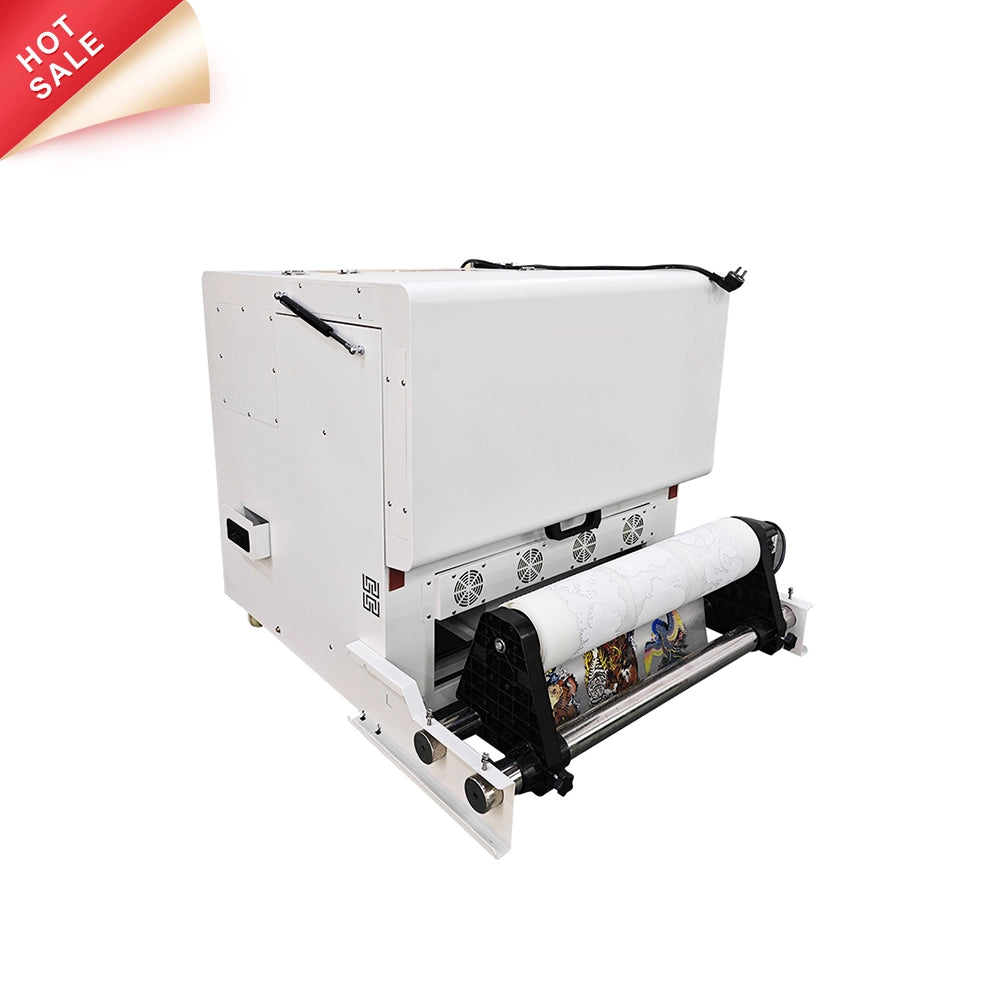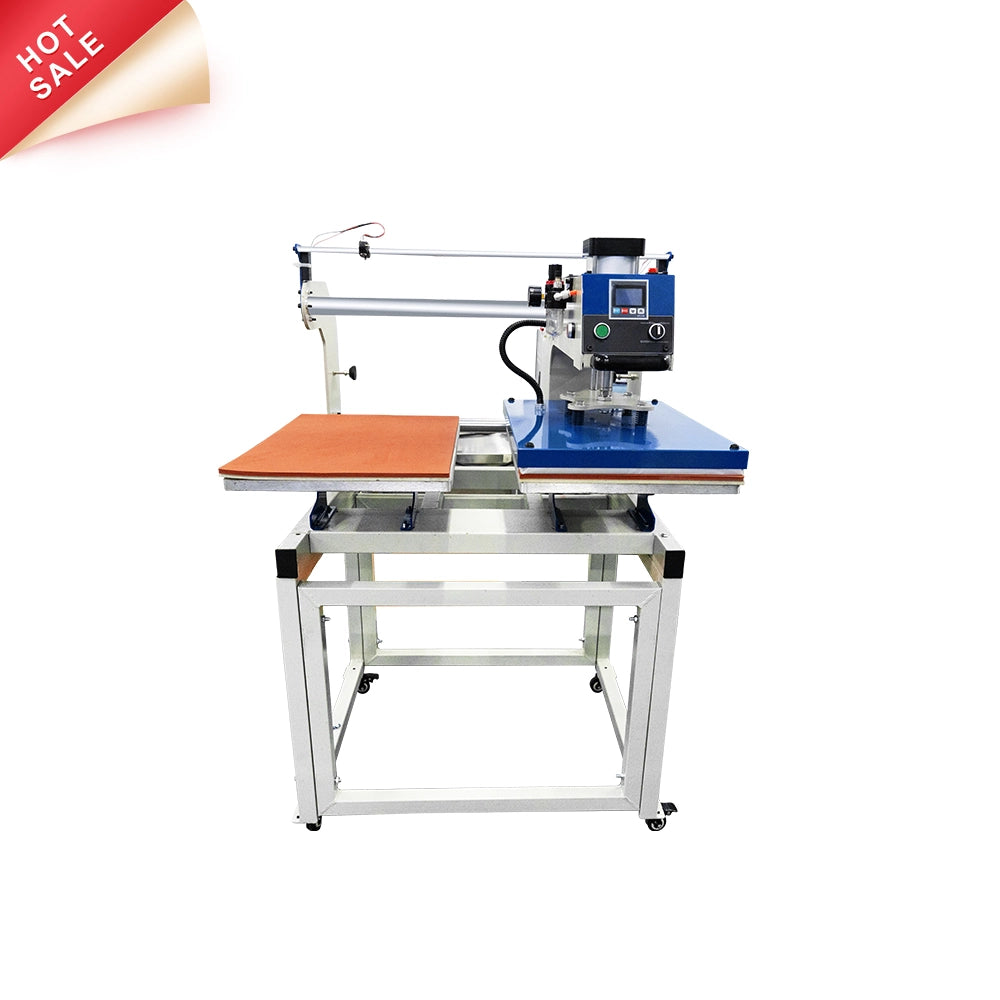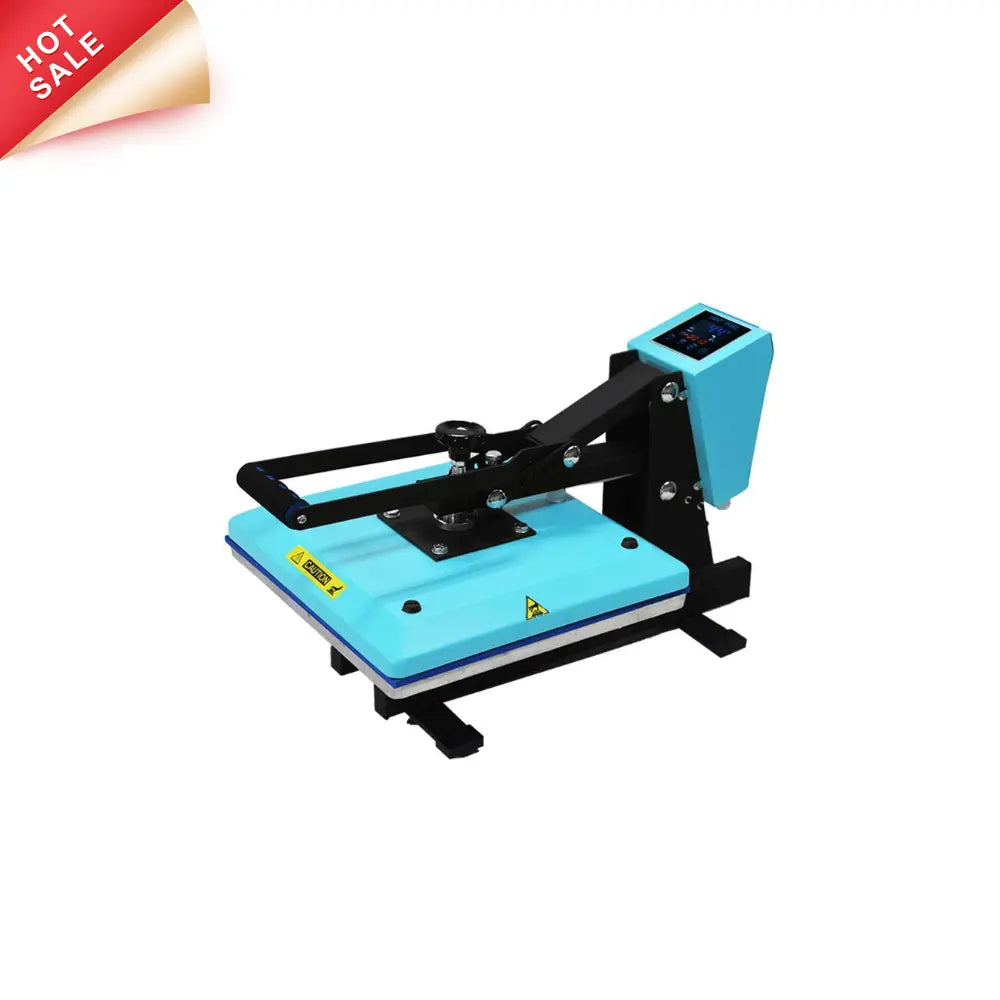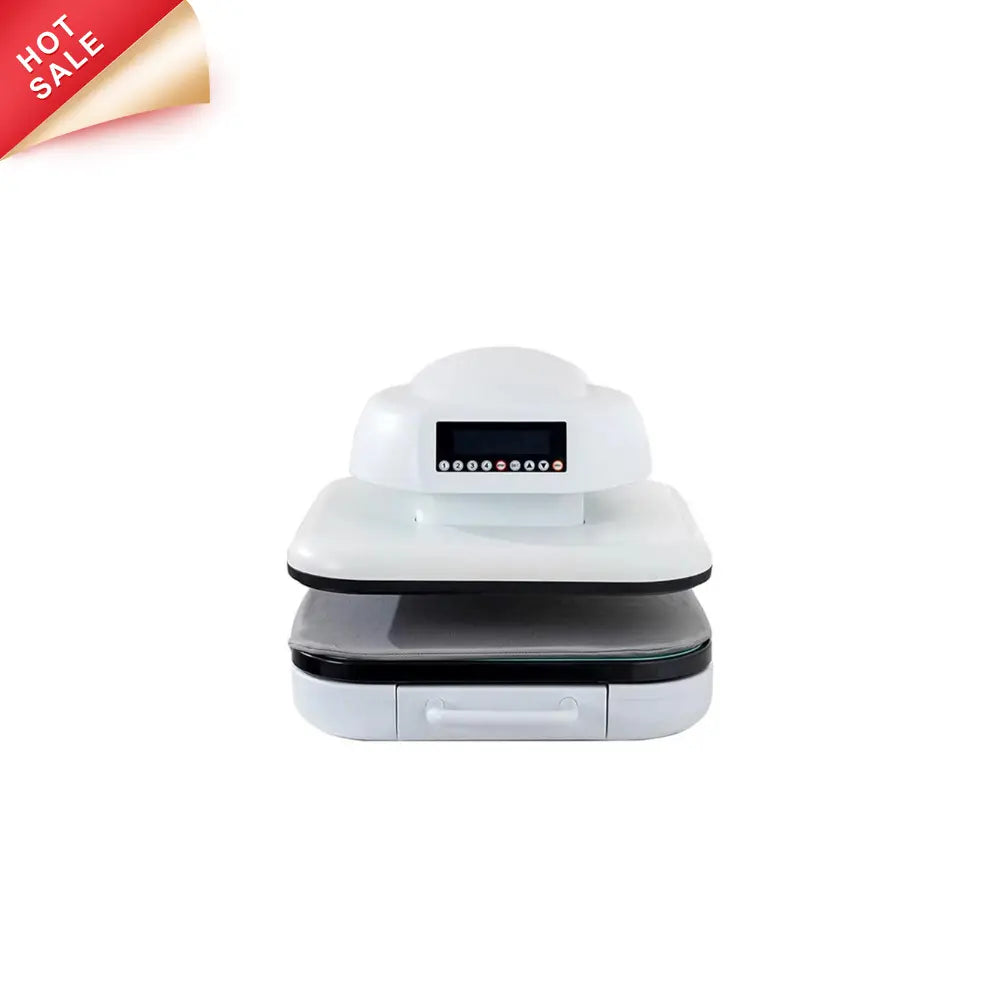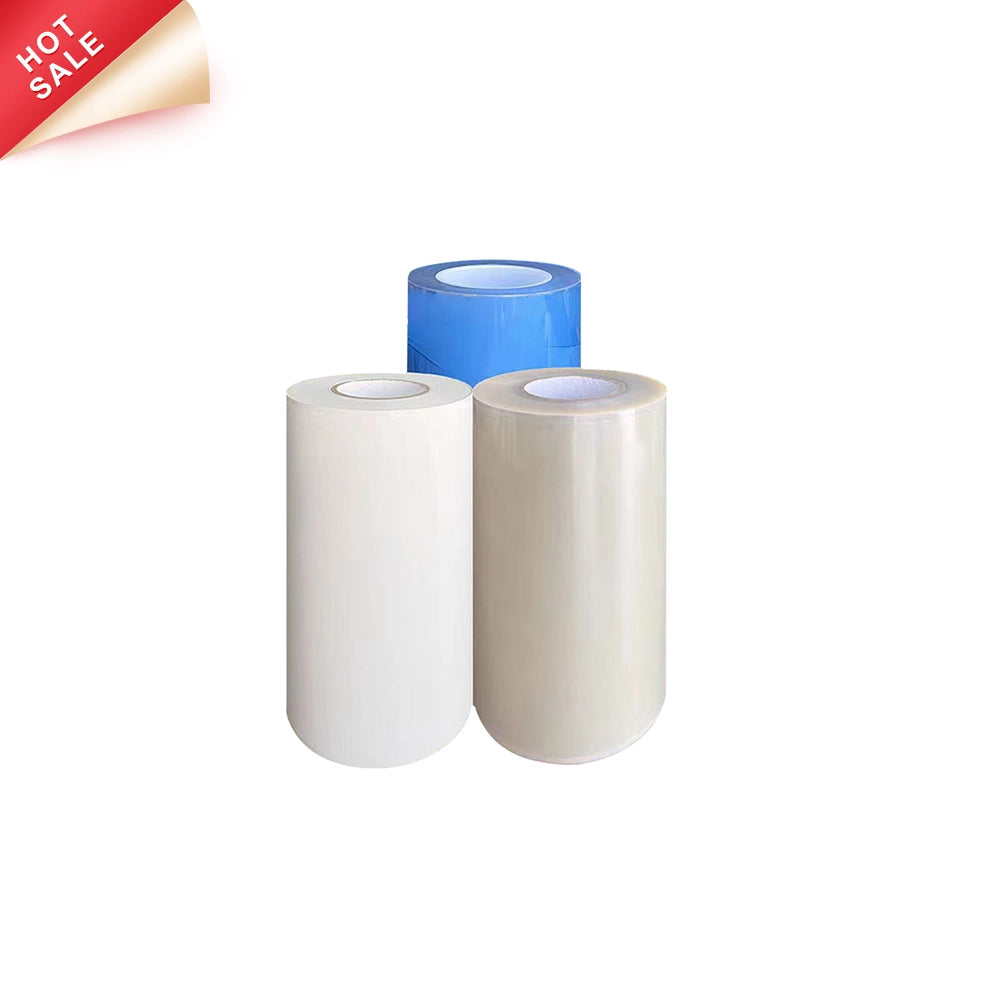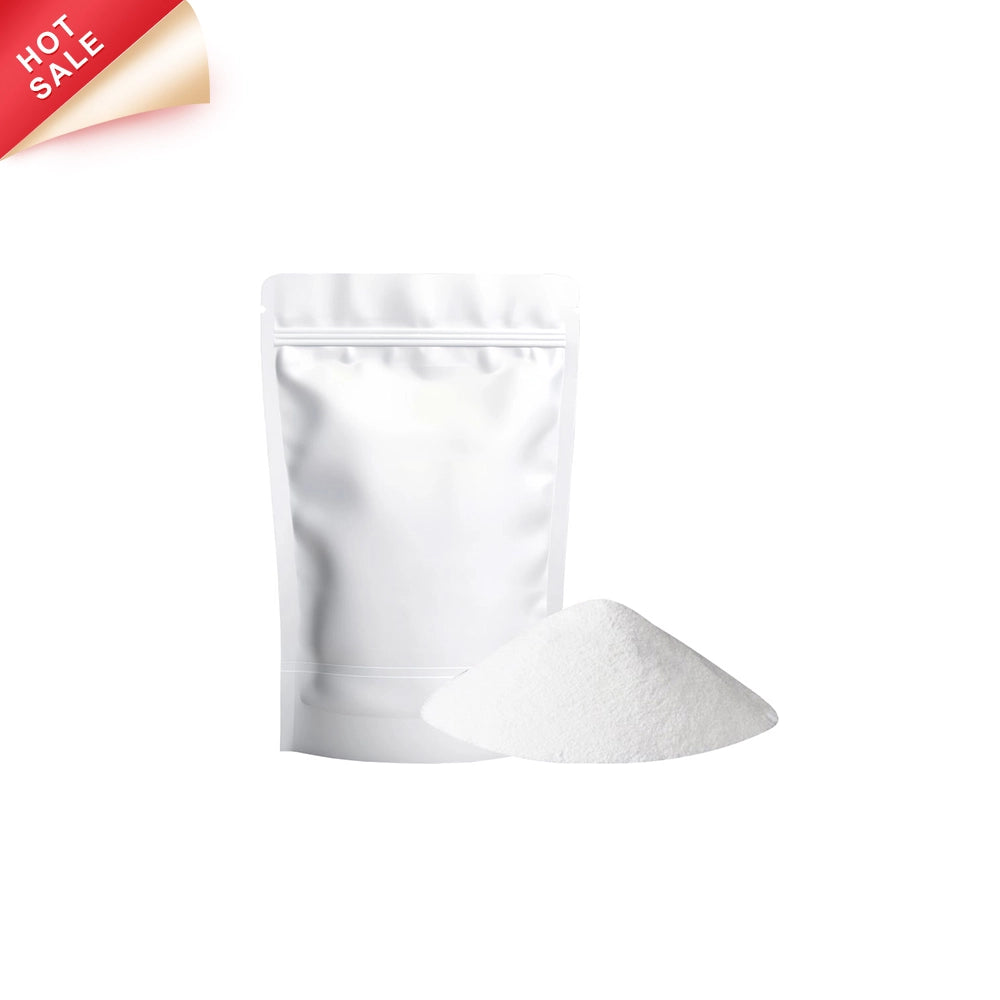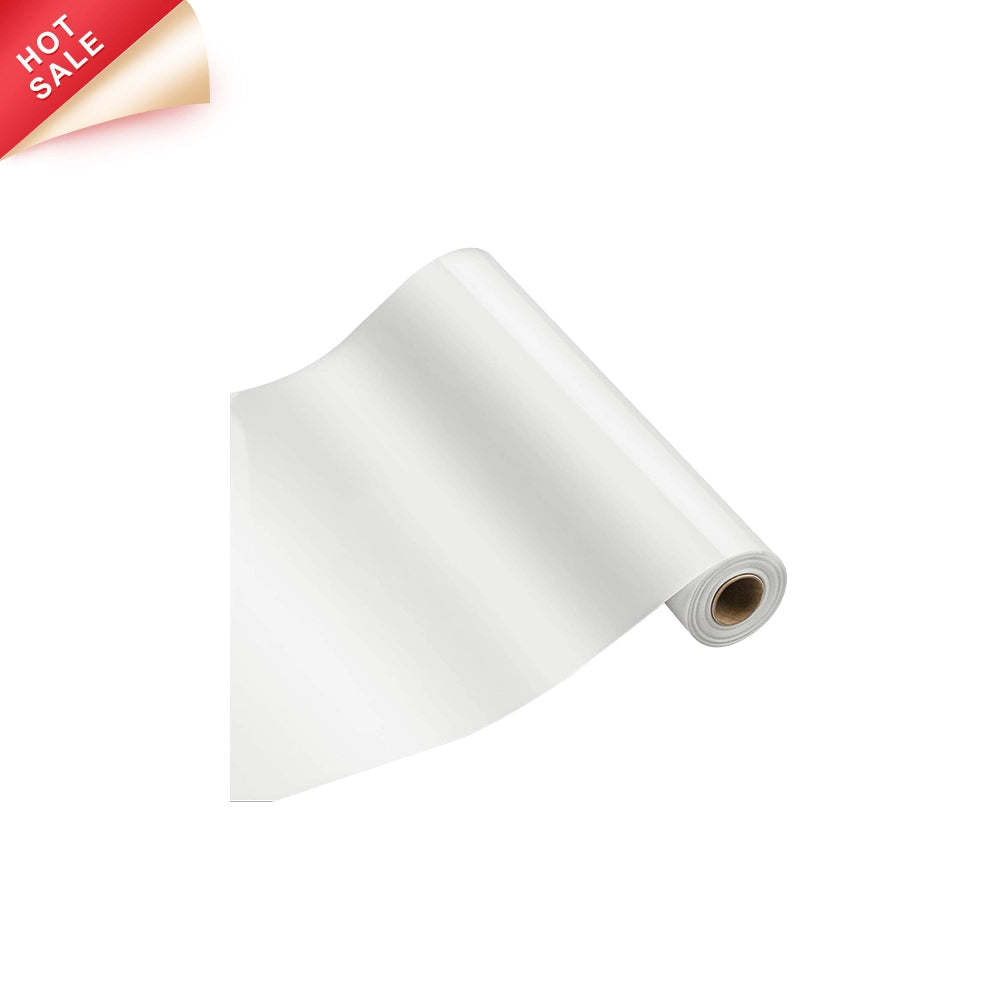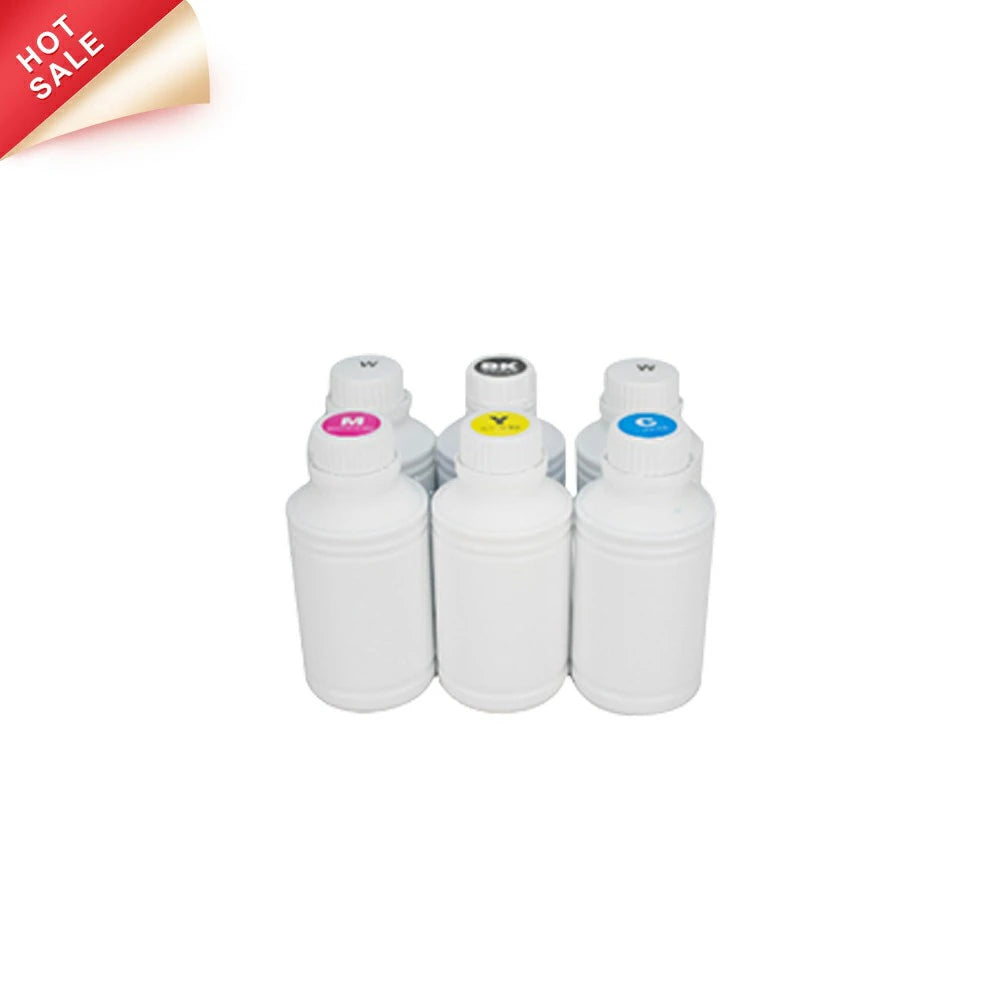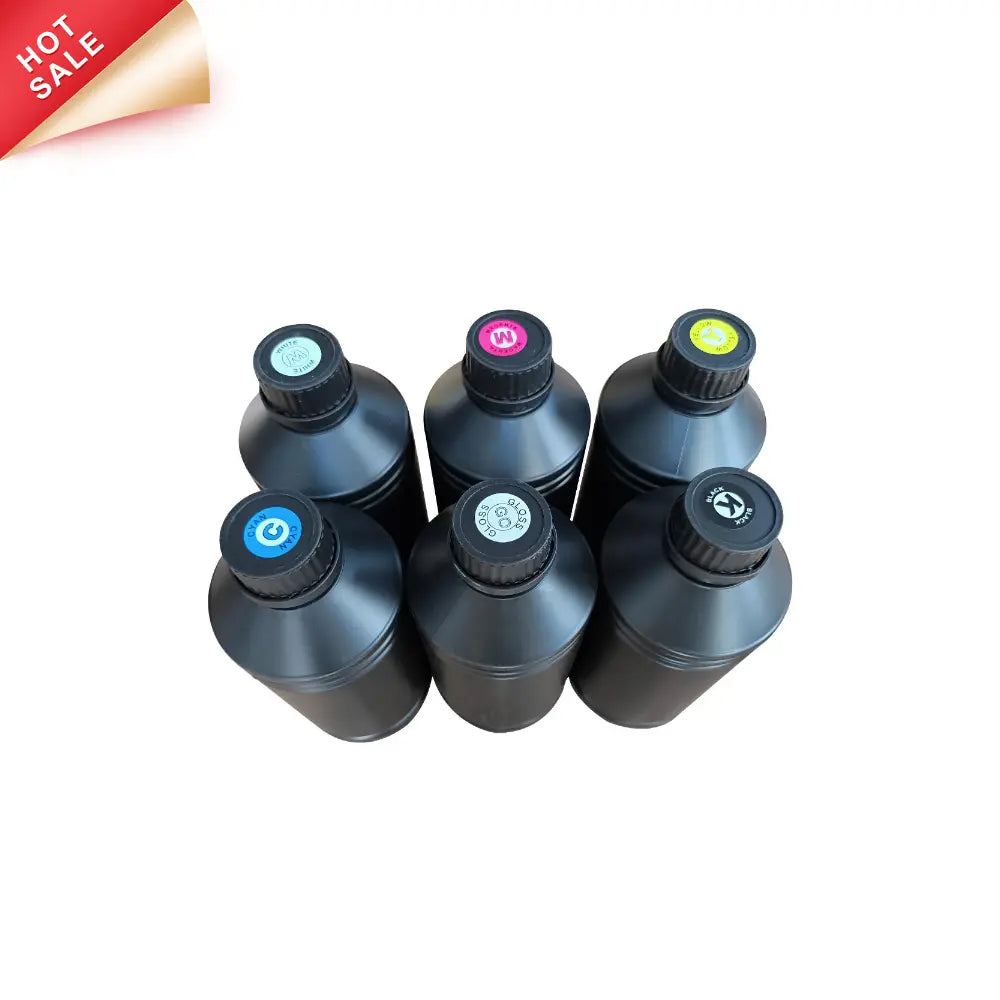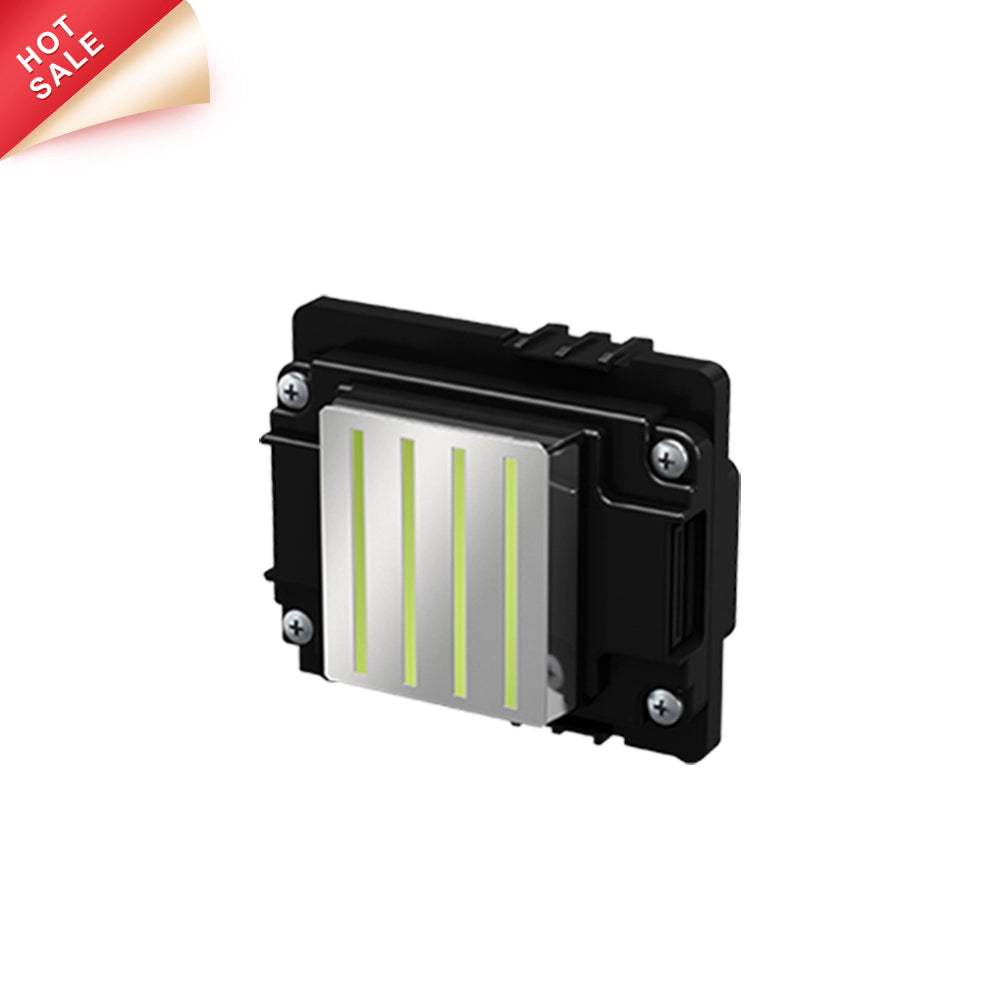
Product Details Presentation

Original Epson Printhead
I3200(8)-U1HD printheads have long service life

Slient Guide Rail
The machine runs smoothly with less noise

Leadshine Motor
High-precision drive linear decoding ensures smaller length error and stable running

Printing Quality
Supports one-time printing of white varnish, easily achieving high-quality printing images
Applicable Industries





For 99.99% hard surface material transfer printing

FAQ
This FAQ is designed to provide both beginners and experienced users with practical insights, ensuring they can confidently operate and maintain their UV DTF printers.
What is a UV DTF printer?
A UV DTF printer is an enhanced version of a DTF printer that incorporates UV-curing technology. This allows the ink to be quickly dried by ultraviolet light, which improves durability and expands the range of printable substrates.
How does UV-curing technology work in a UV DTF printer?
UV-curing uses ultraviolet light to instantly dry the ink after it is printed. This rapid curing process:
Increases production speed by reducing drying time.
Enhances ink adhesion and durability.
Minimizes smudging and fading, even on challenging surfaces.
What benefits does a UV DTF printer offer compared to a conventional DTF printer?
UV DTF printers combine the benefits of DTF printing with the advantages of UV-curing. This means you get faster production, improved durability, and the ability to print on a broader range of substrates, including non-porous materials like plastics or glass.
Which substrates can be printed on using a UV DTF printer?
While UV DTF printers can handle the same fabrics as DTF printers, their UV-curing technology also makes them suitable for non-porous surfaces such as plastics, glass, and certain metals, broadening the scope of potential applications.
What are the key maintenance and safety considerations for UV DTF printers?
Maintenance: Similar to DTF printers, regular cleaning of the print heads and checking of ink supplies are crucial. Additionally, ensure the UV light components are maintained for consistent curing performance.
Safety: Follow proper safety protocols to avoid direct exposure to UV light, including using protective shields and ensuring adequate ventilation around the curing area.
How can I troubleshoot common issues with UV DTF printers?
Troubleshooting steps include:
Inspecting print heads for clogs or misalignment.
Verifying that the ink, adhesive, and UV light components are functioning correctly.
Reviewing user manuals for specific guidance on settings and operational adjustments.
Contacting technical support if further assistance is needed.
Where can I access additional resources and technical support for UV DTF printers?
Our website offers comprehensive resources such as user manuals, online tutorials, and FAQs. You can also reach out to our dedicated support team for any technical issues or questions related to your UV DTF printer.

